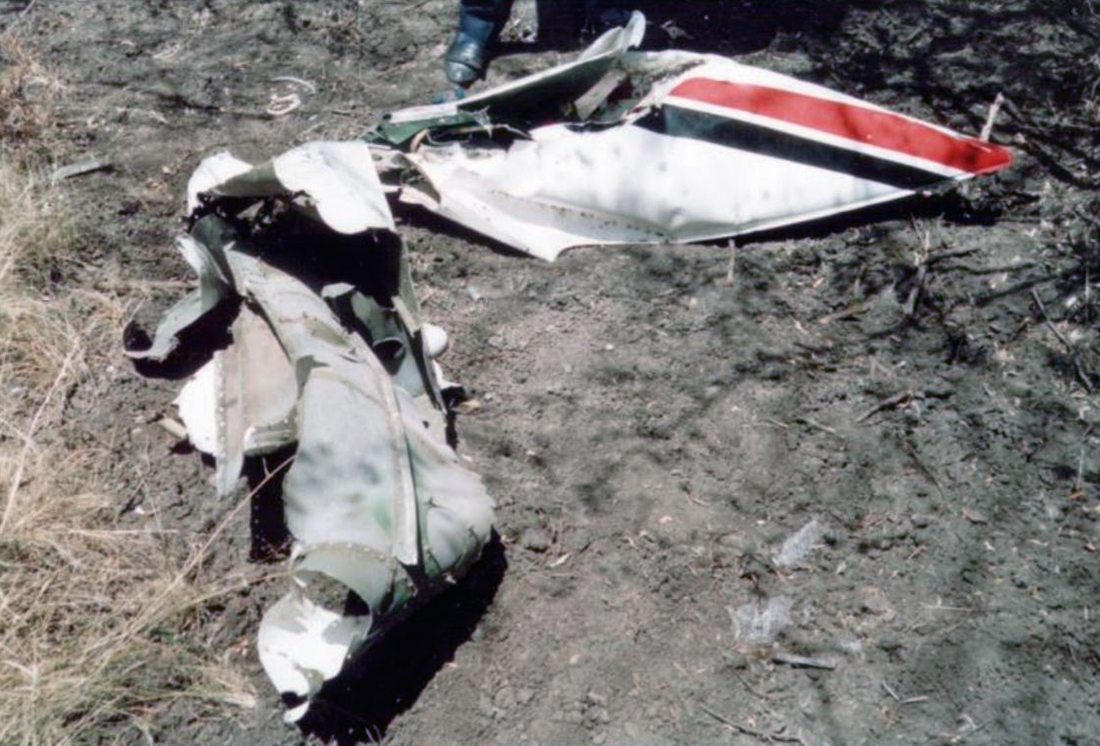Crash of a Cessna 404 Titan II in Nkayi
Date & Time:
May 25, 1998
Registration:
VH-WGH
Survivors:
Yes
MSN:
404-0430
YOM:
1979
Crew on board:
0
Crew fatalities:
Pax on board:
0
Pax fatalities:
Other fatalities:
Total fatalities:
0
Circumstances:
En route from Greece to Gaborone, Botswana, the pilot encountered technical problems when the right engine failed. He completed a belly landing in an open field. There were no casualties but the aircraft was damaged beyond repair.
Probable cause:
Failure of the right engine in flight for unknown reasons.





